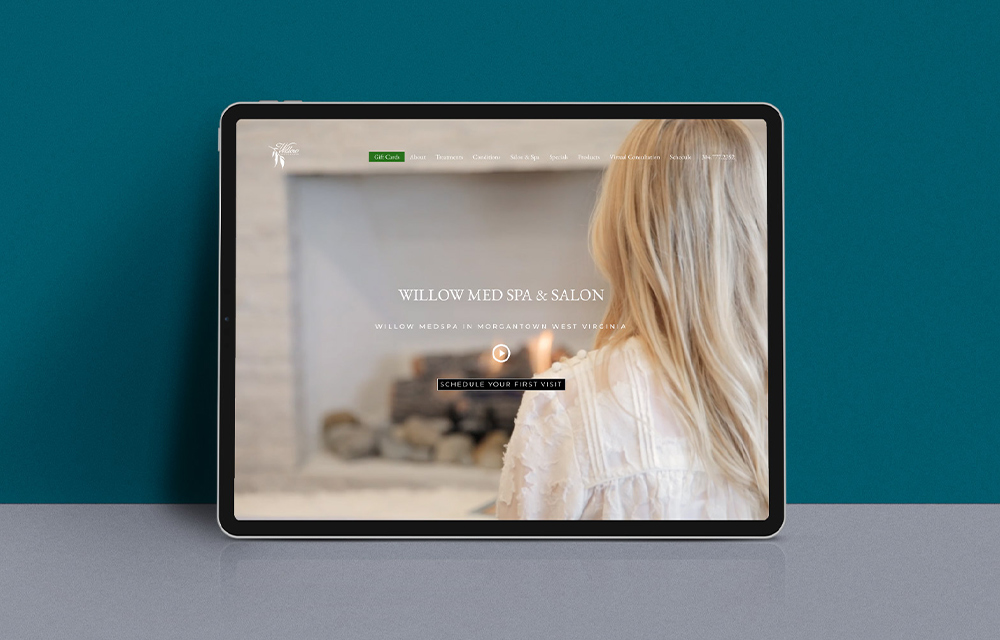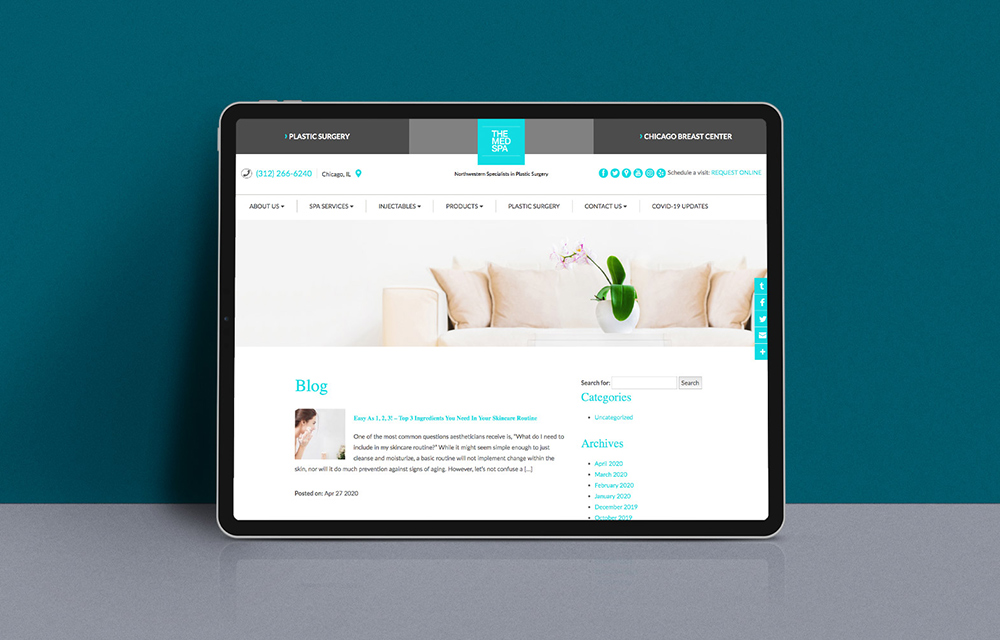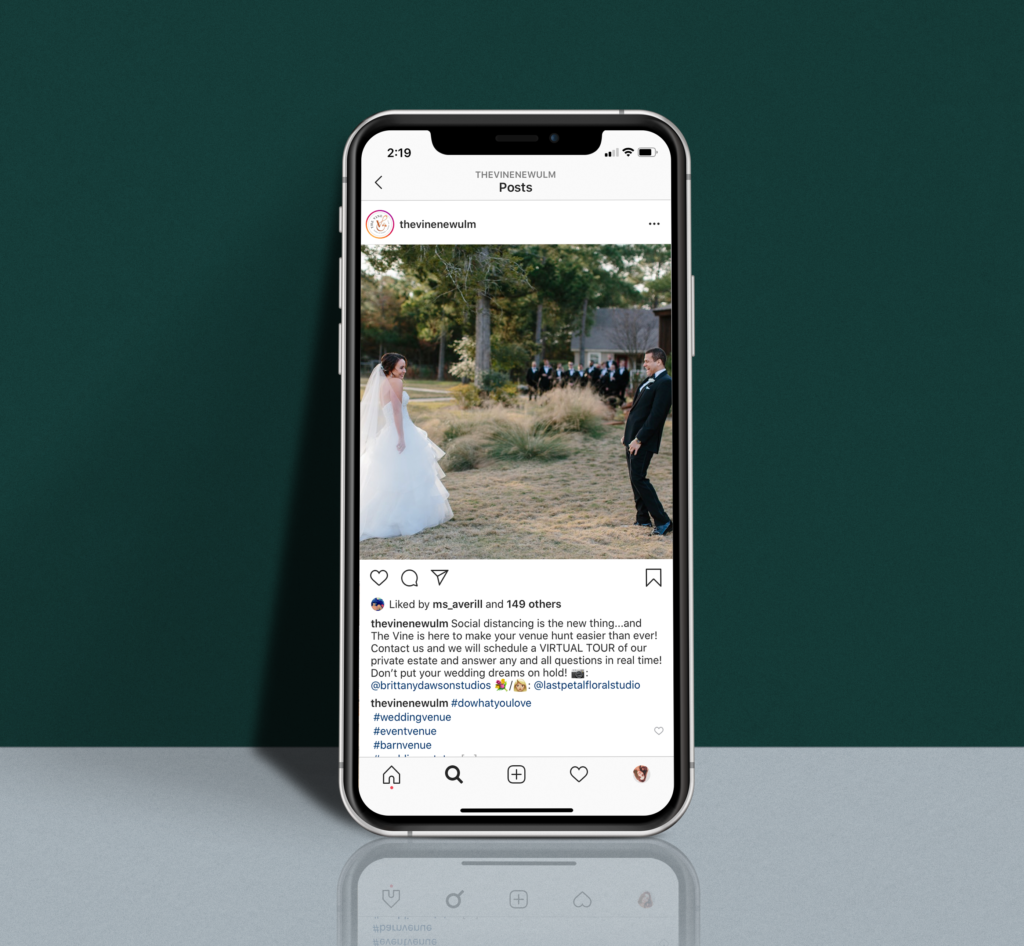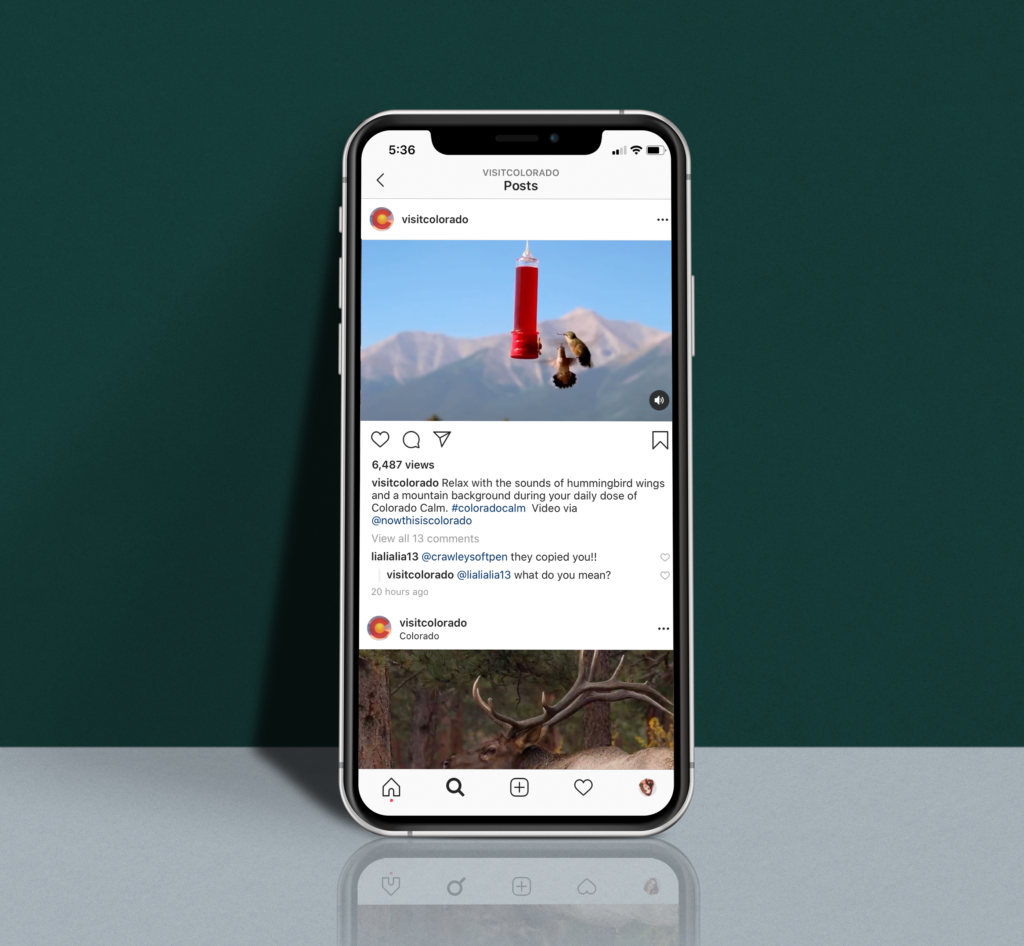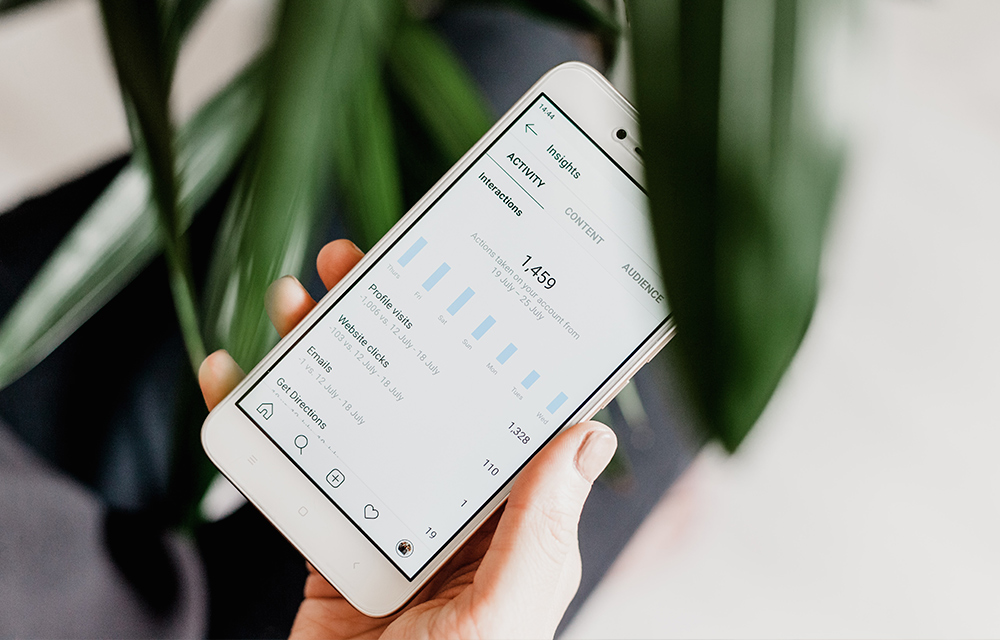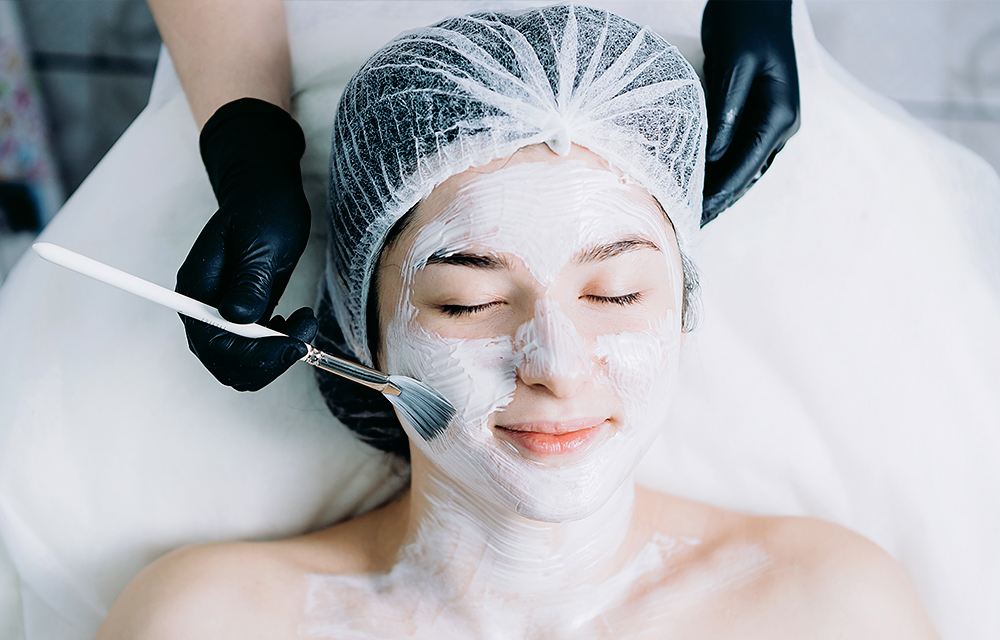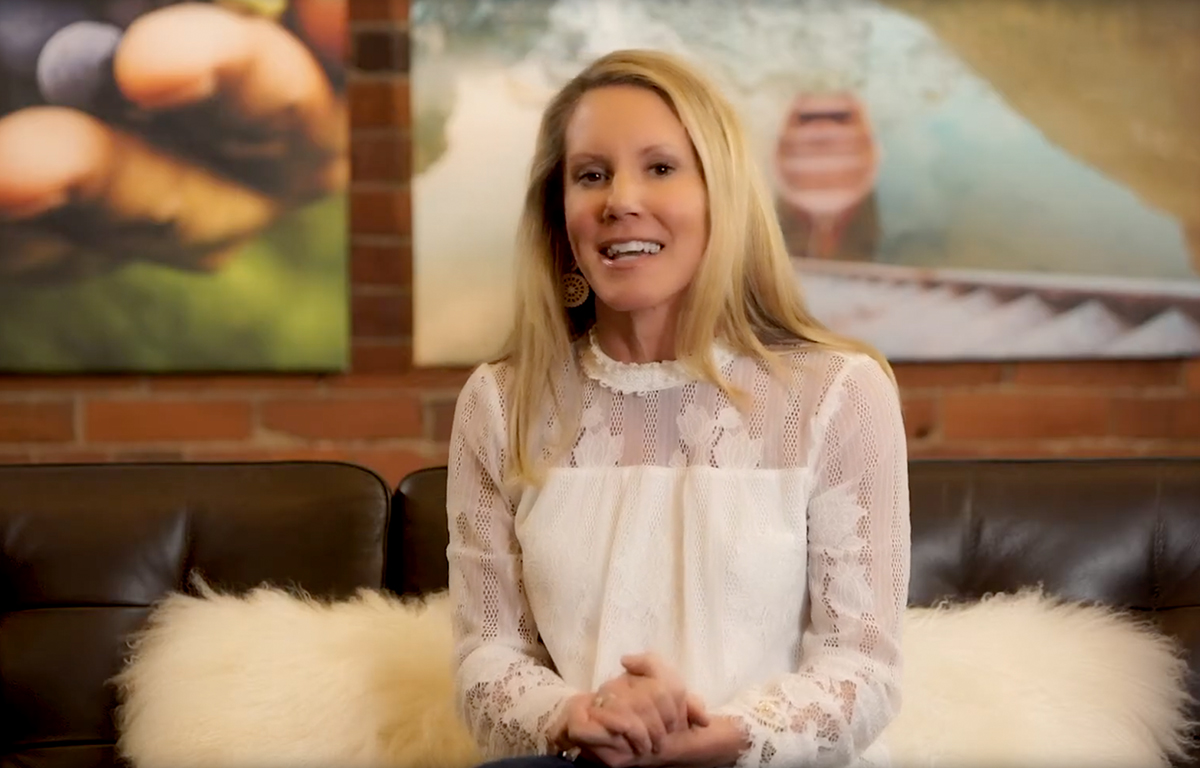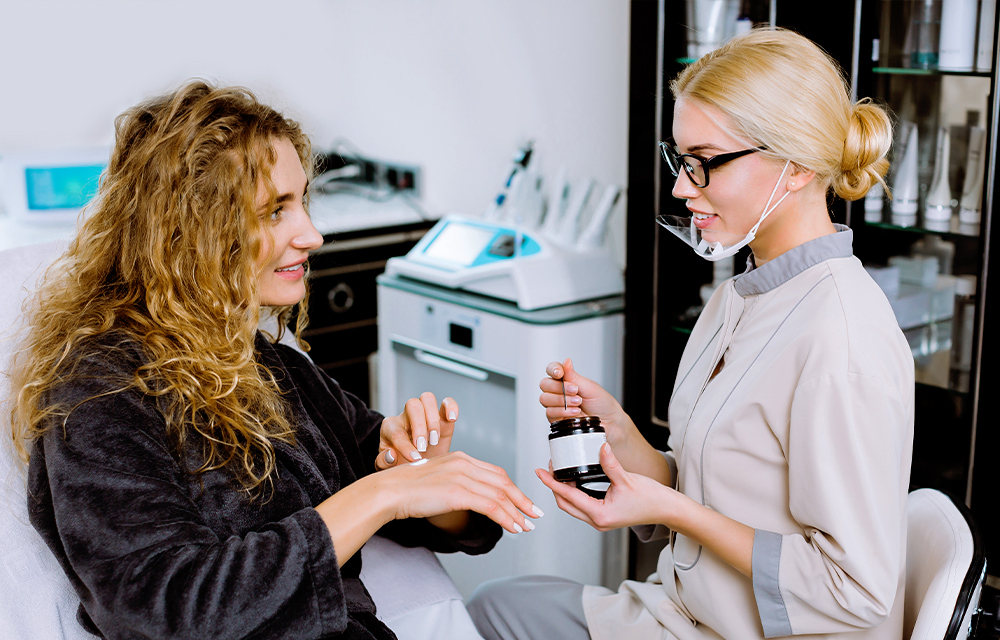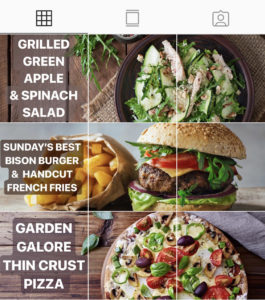We’ve already established in the first part of this series, Content & Email Strategy for Med Spas: Part 1 – Content, that, as an expert in the medical aesthetics field, your clients look to you to be a trusted interpreter to digest and distill the latest trends for them. And the most valuable tool for answering customers’ biggest questions and helping shape their future aesthetic treatment plans? Your custom blog content.
But that’s only half of the digital content marketing strategy puzzle. While well-researched, keyword-rich blog posts help deliver your information to prospective clients organically, to make your content truly go to work for you, you need to develop an attractive, on-brand vehicle that chauffeurs this information straight to your target audience. Yes, social media is one means of distribution – and a valuable vehicle, at that – but think of email as the Rolls-Royce. That’s because consumers prefer brands to communicate with them via email than any other medium, making it the number-one strategy to maximize ROI in content marketing plans.
So just as long as you have some sort of email delivering your content, you’re golden, right? Wrong. Your email design and content has to be as dialed in as your blog topics themselves. Otherwise, you run the risk of all that valuable content, which you’ve spent so much time on, falling on deaf ears.
Starting from Scratch vs. Working from a Basic Template
When it comes to building an email template, you have the choice to work off a template provided by an email marketing software (EMS) or to work with a developer to design and code one from scratch that can then be installed in the EMS of your choice (Mailchimp, Constant Contact, Campaigner are all examples of EMS).
At Hawthorn, we’re of the mindset that designing an email template from scratch is best. While working with a designer and coder on an original template likely costs more, the end product is always more original, attractive and on-brand, and better designed with your goals in mind – and that’s worth it, because this is a template that you will be using again and again. However, when you work off of a basic template, there’s only so much personal stylization you can do – you might not have control of how certain fonts or colors will render, the size of the margins or padding, and more. Not to mention, it can be daunting if you have little email experience.
Creating the Design & Layout
Whichever you opt for (working from a basic template or starting from scratch), there are a few golden rules that you should follow to maximize client engagement.
Look at Other Campaigns for Inspiration
Especially if you’re starting your template design from scratch, it can be helpful for your designer to see examples of layout treatments you like (or don’t like). Check out ReallyGoodEmails.com, which boasts a curated collection of email and designs divided by categories.
Stick to Your Brand Guidelines
You’ll create brand confusion if your email doesn’t fit the vibe of your other brand collateral (see our other post, How to Create a Cohesive Medical Aesthetics Marketing Message). Make sure your company’s logo is worked into the design at the top of the email, and that you’re using on-brand colors and fonts. This will reflect that you’re the credibility behind your email message.
Order Content Blocks by Importance
Remember, the primary goal of this email marketing campaign is to drive clients to your blog content. While links to promotions or other services can be incorporated, it should come secondary to the blog content, so that readers feel that the campaign is giving genuine advice and not an attempt at an overt sell. Make the first section block dedicated to the blog post and largest in terms of presence (with an image and copy), followed by smaller sections.
Make Entire Content Blocks Clickable
To ensure clients aren’t missing out on opportunities to link to your content, make sure not just the call-to-action (CTA) is clickable, but the image and body copy are, too.
Make Sure It’s Responsive
An email template test may look great in your desktop’s inbox, but make sure to evaluate it on mobile, too, as font sizes or the padding and margins may render differently. This is definitely where having a designer/coder comes in handy to troubleshoot.
Keep it Short, Crisp & Clear
Most email readers spend less than 15 to 20 seconds scanning an email campaign. Incorporate headers and/or bullets as it helps clients quickly scan through your email message and click further depending on what interests them.
Include a Footer with Your Business Details
Often an afterthought, footers offer up important info about your brand – like your contact details, physical address, links to your social platforms, and subscription management – and they get plenty of action. And while providing an easy way to unsubscribe seems counterintuitive, it’s required by international consumer privacy laws, prevents spam complaints, and it helps build transparency and trust with your clients by giving them a simple way to opt-out if they choose to.
Writing the Email Content
No matter how fancy your email looks, if it’s devoid of well-written content, it won’t convert. Here are some tips to drive their actions.
Craft Short, But Enticing Teaser Copy
For the blog post section, in particular, you don’t want some dense paragraph that regurgitates the post altogether. Rather, aim for two to three sentences max that grab attention by arousing curiosity, raising a question, creating mystery, or promising a benefit.
Example: Are you one who associates Botox solely with anti-aging benefits? There are actually multiple uses for this magic serum that go beyond its traditional wrinkle-reduction uses – some of which might really surprise you.
Write Catchy Subject Lines
The above same principles apply to email subject lines, but they’re even more important – after all, subject lines are the first impression and what make you stand out in a client’s crowded inbox. Check out our post, 10 Effective Email Subject Line Tips to Get Your Messages Noticed, for some tried-and-true steps to boost your emails’ engagement.
Example: Did You Know Botox Does More than Treat Wrinkles?
Test for the Best Subject Line Approaches
The simplest A/B split test is to draft multiple subject lines, narrow it down to the best two, then send the same email – one with subject line A, the other with subject line B – to a small portion of your email list. Whichever subject line has a better open rate is the one you should send to the masses. The more tests you run over time, the more you learn what kind of subject lines your clients respond to most.
Examples:
A: 5 Surprising Uses for Botox Beyond Treating Wrinkles
B: Did You Know Botox Does More than Treat Wrinkles?
Craft Punchy & Compelling CTAs
CTAs should be short, crisp, and clear, and clearly tell users what you want them to do (i.e. the standard “Read More.”). But when you employ colorful or compelling language, it doesn’t just tell them what to do but motivates them to act. Always use imperatives, leverage power words, and incorporate FOMO to dress up the standard approaches.
Example: Crush Chronic Headaches & More
Finding a Perfect Frequency, Revisiting the Template & Implementing other Targeted Campaigns
While it depends on if and how often you are sending any other emails to your client list (i.e. transactional emails, special promotions, etc.), we suggest, at the very least, sending this marketing campaign once a month (this tends to be the norm for even the smallest businesses). If you’re managing to churn out more blog posts (say two to four a month versus the one, the bear minimum that we suggest), you could bump up your campaign frequency to twice a month – just be sure to evenly distribute the email sends (maybe send the 1st and 15th of each month), so that you don’t overwhelm your client list. Or, after a year or so, you could revisit the design of the template to feature more sections dedicated to blog posts to give your clients a wider set of topic options to encourage clicks.
Additionally, as you amass more content over time, you can implement additional campaigns that target specific types of clients with curated content. For example, for patients who have already had Botox treatments for facial wrinkles, an email with content about additional or alike procedures can help inform future treatments (i.e. “5 Medical Uses for Botox Beyond Treating Wrinkles,” “The Newest Injectables on the Market & What They’re Best for Targeting” and “3 Non-Invasive Treatments to Give Your Jawline That Extra Lift”). That way, you’re not just casting a large net with your monthly sends, but giving clients more dialed-in campaigns that truly aim to inform them.
Email Reporting & List Maintenance
Regular analysis of your emails’ performances are key to informing and reshaping your future strategy. Whatever EMS you’re working in, there will be a section dedicated to “Reports,” where you can evaluate the opens, clicks, bounces, and unsubscribes of each of your email sends. The most important stats to pay attention to are the open and click rates as they can tell you what subject lines (open rates) and content (click rates) did better over other sends to inform your future topics and approach.
Similarly, it’s important to do periodic updating and cleaning of your email contact list. For example, as you learn more about your clients, you should be updating it to store relevant data to target actions such as name, city, state, gender, service history, or blog posts/services of interest. But you should also pay attention to subscribers who are not opening the emails at all or who have not come in for a service in a while (say one year). Their lack of interaction will bring your email performance down, so it’s a good idea to remove them altogether, but it does not mean you have to delete them entirely. In fact, down the road, you should create a campaign targeted especially to these subscribers – something like a check-in as you haven’t heard from you in a while. It’s a great way to personalize an email to re-engage them.
This blog post is Part 2 of our 2-part series, Content & Email Strategy for Medical Aesthetics Companies. Be sure to check out the first post covering content marketing.


